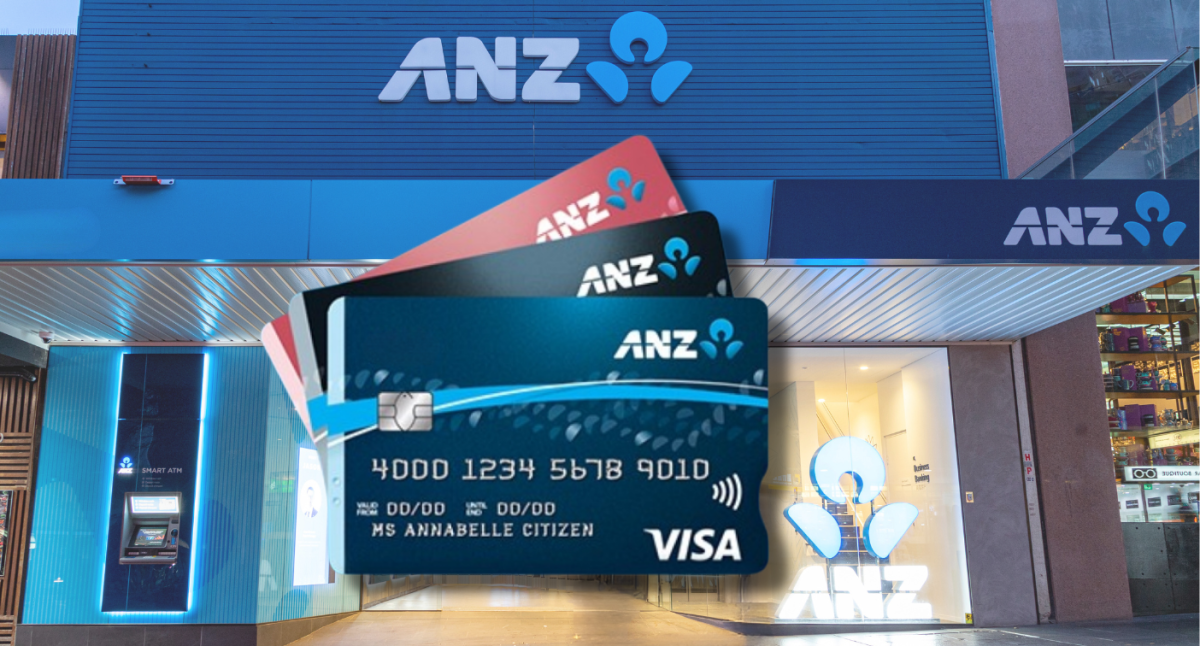Lenders like ANZ are “rubbing salt in an open wound” by increasing interest rates on credit cards and Australians are being warned they won’t come down when the cash rate does.
Research director for RateCity Sally Tindall issued the caution after six lenders – including ANZ, NAB and Commonwealth Bank – increased the rates across 25 different credit cards in the past six months.
“When you look at the rates they’re charging, particularly on rewards cards, any increase is like rubbing salt into an open wound,” she told Yahoo Finance. “These recent rate rises aren’t tied to the cash rate but rather, more likely to be related to the fact that credit cards aren’t making the banks as much money as they once did.”
Are interest rates hurting you? Contact belinda.grantgeary@yahooinc.com
Tindall has previously warned that banks may not drop interest rates on mortgages when the Reserve Bank finally does decide to lower the cash rate (see when economists think that will be here), and she’s not hopeful credit card borrowers will get any relief either.
RELATED
“When the cash rate does finally start to drop, don’t expect your credit card interest rate to follow in the same direction,” she said. “They certainly didn’t the last time we saw cash rate cuts, and there’s no reason to think the banks will suddenly have a change of heart.”
ANZ’s increase is the second in less than six months.
The fourth-largest lender in the country upped rates by 0.5 per cent on six different cards on Thursday, following a jump of 1.25 per cent on low-rate cards and a 0.25 per cent rise on others in September.
Which ANZ interest rates went up?
-
ANZ First up to 20.99 per cent
-
ANZ Platinum up up to 20.99 per cent
-
ANZ Rewards Platinum up to 20.99 per cent
-
ANZ Rewards Back up to 20.99 per cent
-
ANZ Frequent Flyer Platinum up to 20.99 per cent
-
ANZ Frequent Flyer Black up to 20.99 per cent
These cards have annual fees ranging from $30 at the lowest, all the way up to $425.
“Latitude Finance also increased the rates on select cards this month by up to 0.50 percentage points,” RateCity said. “As a result, its Go Mastercard, 28 Degrees Mastercard, and Gem Visa now have purchase rates of up to 27.49 per cent.”
Which NAB interest rates went up?
The hikes follow NAB pushing interest rates up on its Low Rate, Rewards and Qantas cards, which all increased by one percentage point on February 13.
The new rates for NAB’s credit cards are:
-
Low Rate Card up to 13.49 per cent
-
Rewards Platinum up to 20.99 per cent
-
Rewards Signature up to 20.99 per cent
-
Qantas Rewards Premium up to 20.99 per cent
-
Qantas Rewards Signature up to 20.99 per cent
Customers will pay between $59 and $395 in annual fees for the credit cards.
Debt-laden customers can save with these tricks or lower rate cards: Here they are
“Three of the Big Four banks are now charging a whopping 20.99 per cent interest on their rewards and frequent flyer cards, in a move that will catch some debt-laden customers out,” Tindall said.
The latest RBA data indicates Australians with credit card debt are paying an average interest rate of 18.14 per cent.
But RateCity found there were 12 lenders with options under 10 per cent, which could deliver massive savings in monthly repayments.
Tindall acknowledged the credit card landscape was “nothing short of overwhelming”, but urged Australians to ask their lenders to drop their rate or make a change if they were being overcharged.
“It can feel impossible to work out which one is going to suit your finances and your lifestyle,” she said. However, getting that selection process right is crucial. Think about what you want a credit card for and whether that’s actually achievable.”
Another option is to switch your credit card debt over to a personal loan.
“This will force you to pay the entire balance off in full within a set number of months,” Tindall said. “A personal loan also removes the temptation to add to the debt in the meantime.”
RateCity found there were 12 lenders with options under 10 per cent, which could deliver massive savings in monthly repayments.
Here are the lowest-rate cards currently on offer.
|
Card |
Purchase rate |
Annual fee |
|
G&C Mutual Bank Low Rate Visa |
7.49% |
$50 |
|
MOVE Bank Low Rate Credit |
8.99% |
$59 (waived 1st year) |
|
Bank Australia Low Rate Visa |
9.39% |
$59 |
|
Bank First Visa Platinum |
9.59% |
$99 |
|
Australian Unity Low Rate Visa |
9.90% |
$59 |
Concerning way Aussies are racking up debt
A troubling number of Australians have developed a reliance on credit cards to cover basic expenses as they continue to struggle with the high cost of living.
Almost half surveyed in Finder’s 2024 Credit Card Report said they’d had to use one after being caught off-guard by unforeseen expenses, while one in 10 had to use one because they’d run out of cash before payday. Millenials are the worst offenders.
“Stubborn inflation and aggressive interest rate hikes have weighed heavily on finances,” Amy Bradney-George, credit card expert at Finder, said. “Savings are being depleted, leaving credit cards as many people’s only option to get by.”
Follow Yahoo Finance on Facebook, LinkedIn, Instagram and Twitter, and subscribe to our free daily newsletter.




